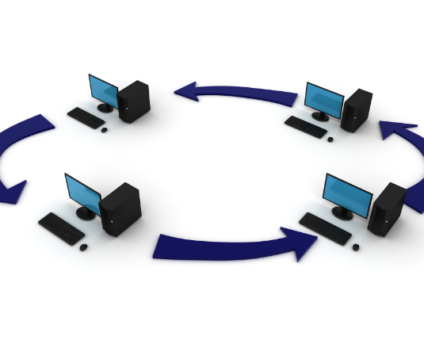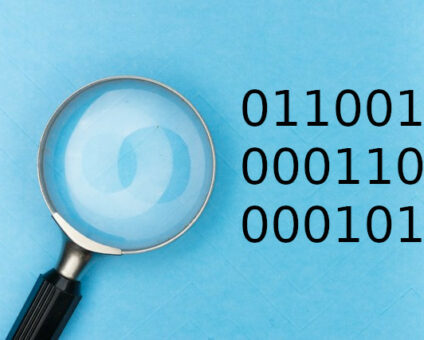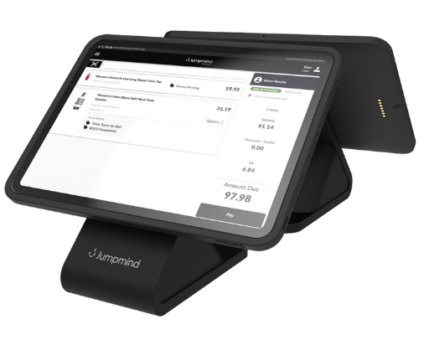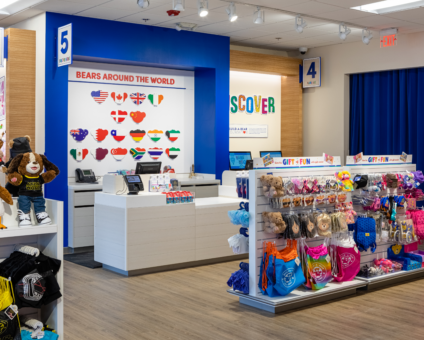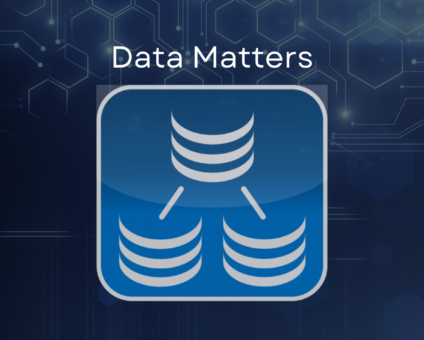Retailers are constantly looking for new ways to generate revenue and stay competitive. One strategy …
![]()
Cloud-native POS platform for seamless omnichannel customer experience.
![]()
A single hub for all promotions campaigns.
- Omnichannel ExperienceCreate seamless customer experiences
- Device IndependencePOS agnostic to form factor or operating system
- Self-CheckoutDo more with fewer associates
- Mobile StoreLeverage POS from anywhere
- POS on the GoEnable associates to sell outside of the store
- Unified PromotionsStreamline and simplify promotion workflows
- CX ConnectAllow customers to engage with POS during checkout
- Composable CommerceCreate the store experience you want
![]()
The most advanced synchronization solution for databases and file systems.
![]()
Data configuration and batch automation across different disparate systems and vendors.
-
Data Replication
- Multi-tier DistributionReplicate thousands of remote locations
- Cloud Database ReplicationCapture live changes from on-premise to the cloud
- High Availability and Load BalancingEnsure 24/7 access to data and scale efficiently with demand
- Analytics and ReportingCapture the whole picture with real-time reporting
- Multi-masterMaintain consistency of data in a peer to peer setup
- Data WarehouseReplicate live and historical data to a warehouse
- MigrationsConduct live data migration with no downtime
-
-
Data Integration
- Master Data ManagementChanges propagate across the entire system, allowing you to maintain a centralized view of all parts of your core business entities.
- Application IntegrationReduce dependencies, complexity, and risk to build a high-performance, data-driven application.
- Web ServicesIntegrate multiple systems using web services or build a business application using a service-oriented architecture.
- Data WarehouseIntegrate disparate data from multiple systems so you can transform data for better business intelligence and reporting.
- Data MigrationConduct live data migration during critical server replacements, storage upgrades, and data center relocations—with no downtime.
- ImplementationIntegration consultants help design, develop, and deploy an implementation of our products.
- DevelopmentThe product developers can add features, enhance existing functionality or build support for new platforms.
- TrainingEngage our experienced training resources to gain in-house knowledge and expertise on Jumpmind products.
- SupportLeverage product engineers to resolve issues, fix defects and provide updates or patches.
- Proof of ConceptDetermine the feasibility of implementing our products and get answers to your questions quickly.
Clienteling isn’t a new theory. It can be traced back hundreds of years when shopkeepers …
BOPIS, BORIS, and Curbside Pickup offer consumers and retailers the best of both worlds. …
View all Blog Posts
The SymmetricDS product can synchronize data between over forty different database platforms with out of …
Compare and Repair for SymmetricDS Pro can compare two databases, report on the differences, and …
Mobile replication with Android edge devices in near real time to an on-premise or cloud …
View all Blog Posts
Jumpmind President and CEO Joe Corbin to Lead Panel on Agility at Scale and Digitalizing …
Retail Technology Leader Jumpmind Brings Newfound Interactive and Personalized Digital Engagement to Inspire Shoppers at …
Retail Technology Leader Jumpmind Provides Enhanced Experiential Point of Sale and In-Store Engagement for Build-A-Bear Workshop …
View all Blog Posts
![]()
Cloud-native POS platform for seamless omnichannel customer experience.
![]()
A single hub for all promotions campaigns.
![]()
The most advanced synchronization solution for databases and file systems.
![]()
Data configuration and batch automation across different disparate systems and vendors.
-
Data Replication
-
-
Data Integration
-
Retail Retail trends, technology, and enhancing the customer experience
-
Data Thoughts on data matters, dialects, performance, and security
-
Case Studies How Jumpmind impacts the businesses of our clients
-
Videos & Webinars Watch on demand demos, reviews, and tours of our products
-
Company News Get the scoop on Jumpmind's growth and impact
View all Blog Posts
Log-Based Change Data Capture
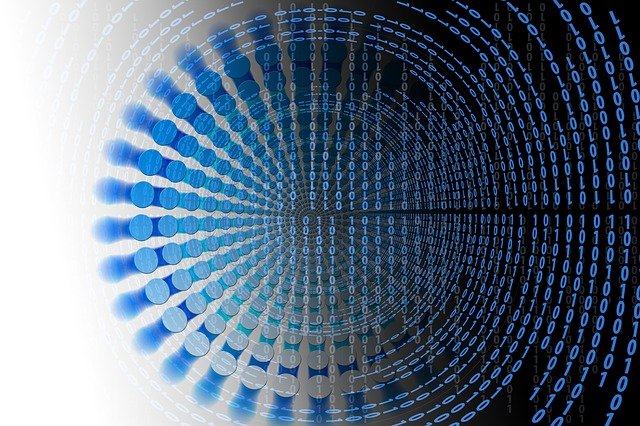
Change Data Capture (CDC) is the concept of capturing data changes in a database and processing those data changes in some way. One way of processing data changes is to save the changes to an auditing system to audit who executed the data changes. Another way of processing data changes is to synchronize the changes to another database.
Whatever processing needs to be done for the changed data, we need to find a way to capture the changed data.
In the past, the only way to capture data changes at a database would be to install triggers on tables and those triggers would execute when data changes. The triggers would write the changing data somewhere for further processing.
For many database instances, this method of capturing data changes is acceptable. But there may be some reasons that installing triggers on tables is just not acceptable. One reason may be that installing triggers on tables and having these triggers execute when data is changed may slow down the applications that are changing the data. It also may slow down the database overall.
Another reason may be that the database where the data changes are being captured is a database from a product that was purchased. The vendor of this product may void the warranty and stop support because of objects being installed in the database that is not a part of the vendor’s product.
Log-Based Change Data Capture is a newer method of change data capture that reads the database changelogs to capture the data changes. This method of change data capture eliminates the overhead that may slow down the application or slow down the database overall. But the step of reading the database change logs adds some amount of overhead to the database. Finally, it eliminates the issue that may cause vendors to void the warranty because no triggers are installed in the database.
SymmetricDS provides the ability to capture changed data through the use of triggers installed on the tables or through the use of log-based change data capture. All databases supported by SymmetricDS can use triggers to capture changed data. Three of the databases currently can use log-based change data capture, with more to come in the future. The three databases with log-based capture that SymmetricDS supports now are Oracle, SQL Server, and PostgreSQL.
Stay tuned to find out more databases that will be supported by SymmetricDS using log-based change data capture.



